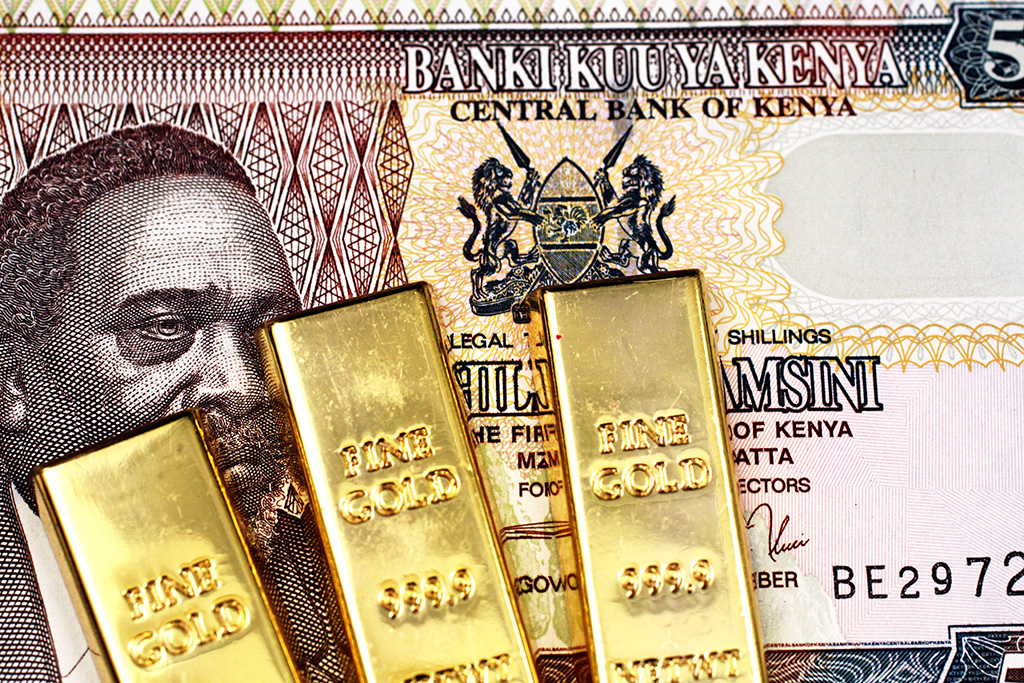In the volatile and often opaque world of physical gold trading, especially with Dory gold exported from Africa, deal execution can be riddled with delays, distrust, and procedural missteps. However, a new gold collateralization process emerging from East Africa—specifically Kenya—may be the breakthrough we’ve all been waiting for.
At Invest Offshore, we recently examined a proven, operational framework that delivers a streamlined, secure, and familiar process for gold collateral transactions, with a focus on enabling small-scale and artisanal miners to participate in the global supply chain without being crushed by bureaucracy or undercapitalisation. Here’s how it works—and why it matters.
The Kenya-Based Buyer Model: Simple, Transparent, Effective
A reputable gold buyer based in Kenya has implemented a step-by-step model that enables miners and sellers to collateralise a portion of their gold to fund export and refinery logistics—without giving up full control or falling into debt traps.
1. Initial Gold Testing
Before any commitment is made, the buyer conducts on-site gold testing either at their secure office in Parklands, Nairobi, or at the seller’s warehouse (with a refundable $1,000 logistics fee if the test can’t proceed). This ensures both authenticity and quality are verified early.
2. Appointment of a Certified Assayer
An official assayer, approved by Kenya’s Ministry of Mines, is appointed to confirm the quality and quantity of the gold. This provides a third-party verification layer that builds trust for both parties.
3. Collateralisation and Initial Payment
Sellers contribute 10% of their shipment as collateral, after which the buyer pays 7% of that 10% upfront in either cash or USDT. This immediate liquidity provides essential working capital for logistics, paperwork, and shipping—solving a common bottleneck for small-scale miners.
4. Contracts for Protection and Structure
Two core agreements are signed:
- Custody Management Agreement (CMA)
- Special Purchase Agreement (SPA)
This legal structure protects all sides and ensures terms are locked in before custody transfers.
5. Secure Custody and Compliance
Once payment is made, the buyer assumes full custody of the collateral at a secure facility of their choice—whether Wells Fargo, BMK Security, MySafe, or a solicitor’s vault. The entire process is local, accountable, and traceable.
6. Export and Shipping
With payment secured and custody transferred, the seller prepares the export documents. The shipment is moved to Dubai within 5–7 days using trusted logistics providers like Transguard or Ferrari Logistics under the buyer’s import license.
7. Refinery and Final Payment
Upon arrival, the gold is fire-assayed at a certified refinery in Dubai. Once the quality is confirmed, final payment is made by MT103 bank transfer within 48 hours.
8. Continuity and Scale
After the first transaction is successful, the seller can continue under the same model, enabling regular shipments and business growth through a familiar, low-friction process.
Why This Matters
This isn’t just a solution—it’s a lifeline. The process simplifies international trade, de-risks the supply chain, and empowers small and artisanal miners to operate above board. It also gives buyers a secure, scalable source of gold backed by government-certified protocols.
If you’re in the gold trade and looking for a reliable route forward, this Kenya-based model is the Eureka moment we’ve all been seeking.
At Invest Offshore, we’re helping buyers and sellers adopt this system today. Ready to participate? Let’s talk.

Leave a Reply